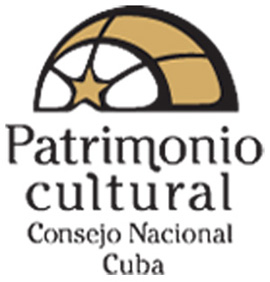Alejandro de Humboldt National Park Holguín and Guantánamo, Cuba
Alejandro de Humboldt National Park (PNAH) is home to 2 percent of the world's floral species and holds the most plant density of any place in Cuba and the Caribbean islands and has more endemic species than almost anywhere else on the globe.
Totaling 70,680 hectares, the park is one of the most important in Cuba regarding biodiversity and represents one of the largest remnants of mountain ecosystems preserved in Cuba. In addition, the park preserves important archaeological remains of fifty-one maroon sites, which were the most stable nineteenth-century maroon settlements in Cuba. They include: Bumba, Sigua, Maluala, Rincón, La Palma, Tibisial, Todos Tenemos, Vereda de San Juan, Calunga, Vuelta Pariente, Guarda Mujeres, Ajengibiar, El Frijol, among others. It is in this area today where one encounters la Tumba Francesa of Bejuco.
The park includes areas that are among the least explored in Cuba and is named after the eminent German scientist, Humboldt, who was considered by José de la Luz y Caballero to be the second discoverer of Cuba. Humboldt toured the island twice: first from November 24, 1800, to March 5, 1801, in the company of the famous French botanist Aime Bopland, and again in 1804, after his long trip to the New World.
Within the park lies the biosphere Cuchillas del Toa, which straddles the counties Guantánamo and Holguín. In its mountains, plateaus, mighty rivers, plains, bays, coral reefs, and keys dwell 905 endemic species of flora—one-third of those reported in the Cuban archipelago. Many of the species are unique to the region and are, in some cases, restricted to localities only several tens of square meters in size.
Alejandro de Humboldt National Park is part of the Slave Route Project, Cuba, network organized by the National Council of Cultural Patrimony in Havana, Cuba.
Related Topics:
Related Pages:
-
 Plaque commemorating the arrival of the first enslaved people
Plaque commemorating the arrival of the first enslaved people
-
 The Caribbean
The Caribbean
-
 Municipal Museum of Guanabacoa
Municipal Museum of Guanabacoa
-
 Buenaventura Lucumí
Buenaventura Lucumí
-
 Flora at Humboldt National Park
Flora at Humboldt National Park
-
 Entrance to Alejandro de Humboldt National Park
Entrance to Alejandro de Humboldt National Park


